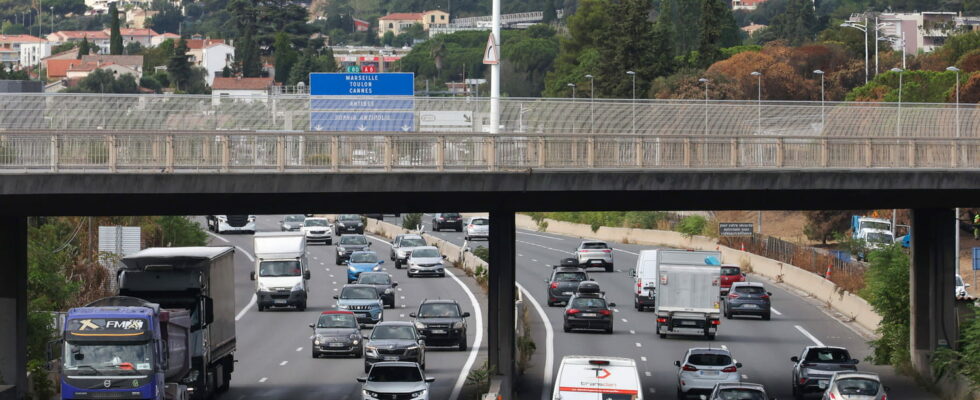This practice, which has been authorized for several years on many roads, will be prohibited from January 1, 2025.
Several million road users will have to change the way they drive between now and the new year. Started on August 2, 2021, a large-scale experiment must end on December 31, 2024, forcing many drivers to change their habits. This full-scale test carried out in 21 French departments was initially supposed to end on 1er August, then September 15, before being extended for another four months. If Road Safety does not change the date again, then it should report on this experiment in the first months of 2025.
What does it consist of? For more than three years, it has authorized motorized two-wheelers and three-wheelers to circulate between lanes on motorways and two-lane roads separated by a central reservation and with at least two lanes each. This practice of getting back between lines and stopped vehicles, for example during a traffic jam, is very very common but, contrary to what many think, it is not included in the Highway Code. Thanks to this test, motorcyclists traveling in the eight departments of Ile-de-France, in the Lyon metropolis, Bouches-du-Rhône, Haute-Garonne, Gironde, Hérault, Isère, Loire -Atlantic, the North, the Alpes-Maritimes, the Var, the Drôme, the Vaucluse and the Pyrénées-Orientales have the right to pass between two cars – always in the leftmost lane – without risking a fine.
But in a few days it will be over! The end of the experiment with inter-lane traffic (CIF) in all these territories will mark the return to the regulations of the Highway Code. In France, as is the case for example in Germany and Spain, driving between two lines is prohibited and quite severely punished by law. This is equivalent to overtaking on the right, punishable by a fine of 135 euros and the withdrawal of 3 points on the driving license.
Some motorcyclists had paid the price this summer since the authorization of inter-lane traffic had already been temporarily suspended on the 185 kilometers of lanes reserved for vehicles accredited for the Paris 2024 Olympic and Paralympic Games.
The results of this experiment will define whether this practice can be tolerated and under what conditions. A large majority of two- and three-wheel drivers are in favor of it as it saves them a lot of time, especially when traffic is heavy. Some of our neighbors, such as Belgium and the Netherlands, already allow it. What will happen in France? The response should not take too long. Unless Road Safety decides to extend the experiment once again…
